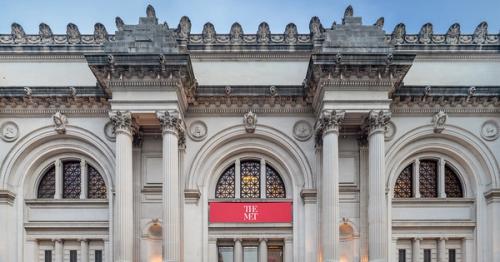Published on the occasion of the exhibition From Van Eyck to Bruegel this book presents an overview of one of the great epochs of Western art as seen through the extensive collection of the Metropolitan Museum. The period covered, sometimes referred to as the northern Renaissance, encompasses a century and a quarter of unparalleled artistic innovation and achievement realized in the geographic area of modern Belgium and the Netherlands. It opens about 1425 with the legendary inventor of oil painting, Jan van Eyck, and concludes with one of the most original geniuses of European art, Pieter Bruegel the Elder. Virtually every major master active during this era is represented, including Van Eyck, Robert Campin, Rogier van der Weyden, Petrus Christus, Dieric Bouts, Hugo van der Goes, Hans Memling, Gerard David, Joos van Cleve, Quentin Massys, Jan Gossart, Bernard van Orley, Joachim Patinir, and Bruegel. Early Netherlandish artists pioneered a realistic style that redefined the nature of painting and the way contemporary viewers related to pictures. Through the use of a newly perfected oil technique, painters embraced the vastness and variety of the world and suggested the actuality of everyday life. The viewer becomes an active participant in the images these artists created, in which the sacred and the profane, the real and the imagined intermesh. The volume is arranged thematically to emphasize the ways artists employed realism as a strategy. Introductory essays illuminate aspects of early Netherlandish painting: the history of its critical fortunes and scholarship; its acquisition by fifteenth- and sixteenth-century patrons; its relationship to Italian Renaissance painting; and the building of the Museum's collection in this area. Shorter essays that precede chapters of entries on individual pictures address religious painting, portraiture, and workshop practice and the art market, as well as the Bruges painter Gerard David and Bruegel's role in the development of modern landscape painting. The texts are lavishly supported by illustrations of works in the Museum's collection as well as comparative material. This is the first catalogue to bring together all the Metropolitan's holdings of Netherlandish art—the largest such collection in the Western hemisphere. Written by a team of staff experts, it is a major contribution to the understanding and study of early Netherlandish painting. A map, provenances, references, biographies of the artists, an illustrated appendix of un-catalogued paintings in the collection, a glossary of terms, an extensive bibliography, and an index are provided.







